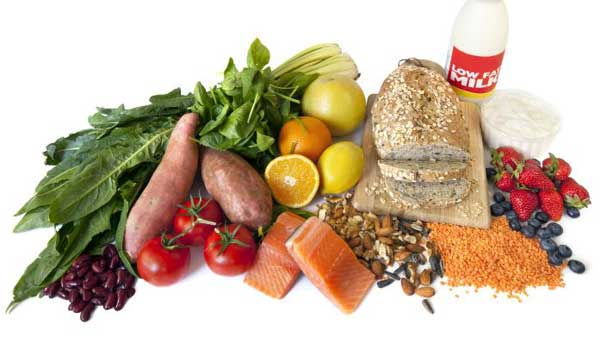5. Follow the Diet Plan

While you may be thinking that this is the opposite of what we said in point two, that you do not need to ban any specific foods, it is important to eat a healthy balanced diet. As often as possible saturated and trans fats should be avoided, in addition to paying attention to the quality and quantity of carbohydrates that you are consuming.
Diabetics are generally advised to follow a low GI diet, this means consuming foods that have a lower glycemic index. Foods with a lower GI contain carbohydrates that are more slowly absorbed by your body, which can help maintain stable blood glucose levels.
It can be simple to adjust your current diet to one that is more GI friendly by making substitutions where possible; for example, switching from white rice to whole grain or brown rice which has a lower GI index rating. There are lots of resources available, both online and at your local book store, that can help you find lower GI foods that work for you!
More from Things Health
-
A List of The Best Vitamins and Supplements for People with Diabetes
Did you know that supplementing can help manage symptoms of diabetes? We all know that a well-balanced low GI diet, regular movement and Insulin and…
-
Visual Signs of Poor Health That You Probably Ignore (But Shouldn't)
We often think that being diagnosed with an illness such as diabetes, heart disease, stroke or cancer as something that happens out of the blue.…
-
Essential Tips For Managing Diabetes
Diabetes can attack anyone, from toddlers to grown-ups. By definition, this is a disease which affects the ability of your body to produce or use…
-
9 Signs Your Loved One Might Have Alzheimer's Disease
According to the Alzheimer's Association there are over 5 million Americans who suffer from Alzheimer's disease, most of whom are over the age of 65.…
-
Wine or Beer: Which is Better for You?
When ordering a drink, do you go for a glass of wine or an ice cold bottle of beer? Whether you enjoy the richness of…






